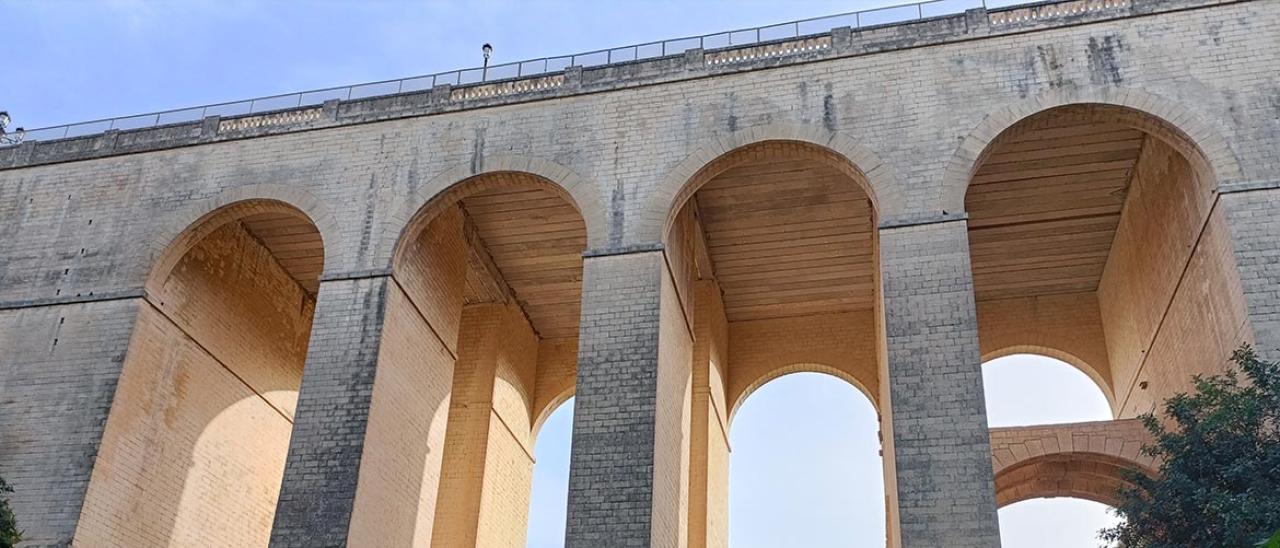Spanning over a century of development, these bridges are far more than functional structures. They represent key moments in Malta’s transformation from a heavily fortified outpost under British rule to a modern Mediterranean state. Many of the bridges were vital to 19th-century military logistics, particularly those tied to the Victoria Lines, the extensive defensive network built by the British to protect the island’s northern territory.
"These bridges are more than just physical crossings. They are historical threads that connect communities, eras, and the intertwined civilian and military histories that have shaped our islands," said Mr. Michael Portelli of the Heritage Planning Unit. "By protecting them, we are preserving stories etched in stone, investing in memory, beauty, and national pride," he added.
The newly scheduled bridges showcase a wide variety of forms — from elegant single-arch structures to multi-arch viaducts — crafted primarily from globigerina limestone, a material that has long shaped Malta’s architectural identity. Several also incorporate early concrete techniques, illustrating the evolution of engineering practices over time.
This initiative also aligns with broader European urban development strategies such as the URBACT programme, which supports integrated sustainable urban development. By safeguarding these historic bridges and enhancing their accessibility and relevance, Malta is contributing to the URBACT goals of cultural heritage valorisation, community cohesion, and place-based identity — key pillars in building resilient and inclusive cities across Europe.
The nine scheduled bridges are:
Constitution Road Bridge, Mosta – A triple-arched limestone viaduct built in 1929, featuring ornamental round openings and spanning Wied il-Għasel.
Civil Defence Road Bridge, Mosta – Originally a metal span completed in 1871, later reconstructed in limestone and concrete, demonstrating adaptive reuse of earlier military infrastructure.
Dwejra Old and New Bridges, Gozo – Situated in a protected ecological and archaeological zone, these bridges combine natural landscape with historic utility.
Għemmieri Bridge, Rabat – A two-arch limestone viaduct likely dating to the late 1800s, associated with the movement of troops along the Victoria Lines.
Wied id-Dis Bridge, Madliena – A striking seven-arch limestone bridge constructed in 1880 by British military engineers for strategic transport.
Tal-Isperanza Bridge, Mosta – A charming single-arch bridge dated 1905, gracefully spanning the serene Speranza Valley.
Tas-Salib Bridge, near Mtarfa – A late 19th-century single-arch bridge, historically connected to the Victoria Lines and the Wignacourt aqueduct via a large metal water pipe still visible today.
Wied il-Qlejgħa Bridges – Two bridges overlooking each other, probably late 19th century. The Old Bridge leads to the church of San Pawl tal-Qlejgħa, and the New Bridge forms part of a very important road in Malta.
The full list of scheduled buildings in Malta and Gozo may be accessed from the Authority’s website: https://www.pa.org.mt/scheduled

